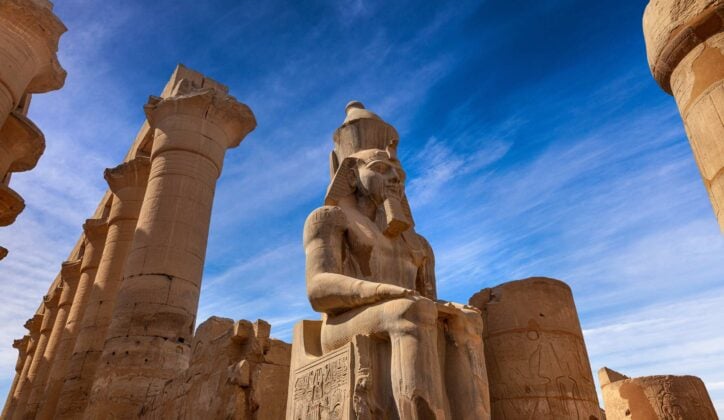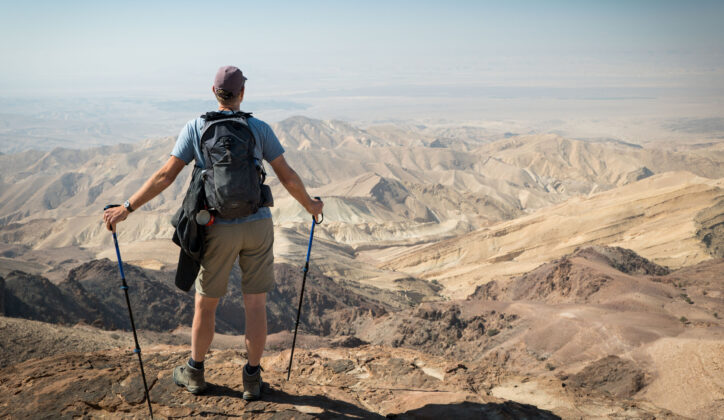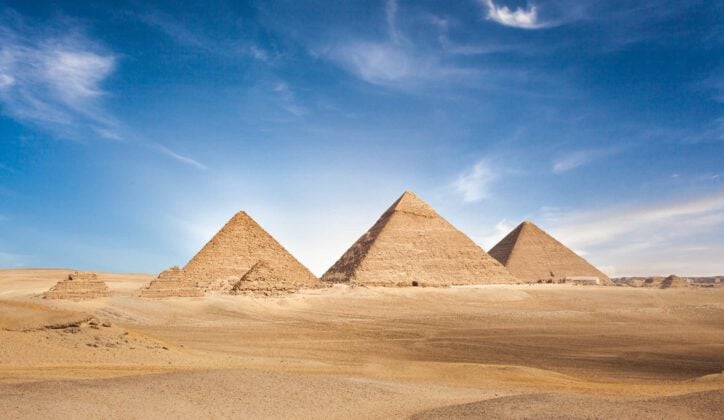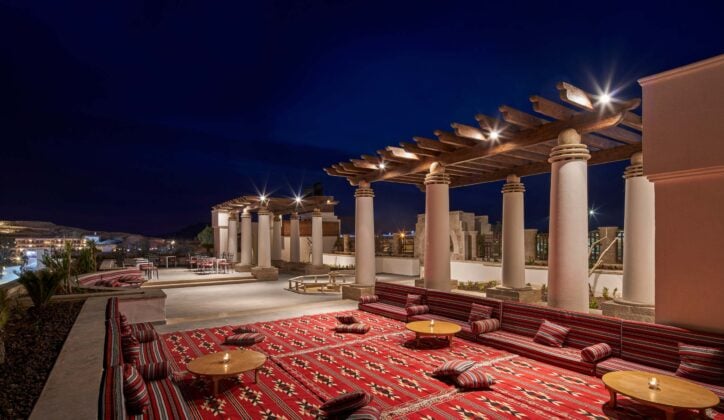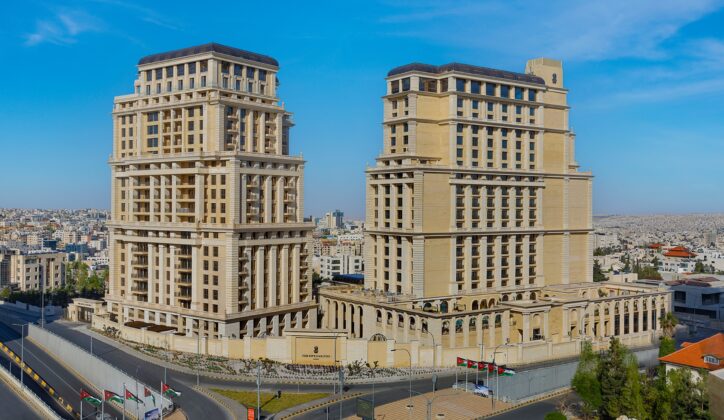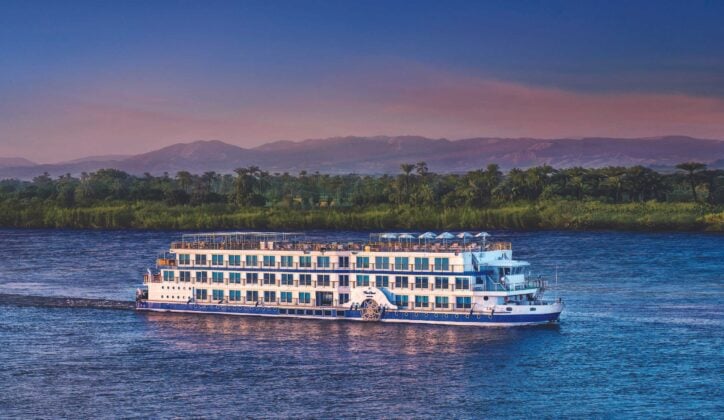Published on: November 29th, 2023
Last modified: January 22nd, 2024
Each year, the ninth month of the Islamic calendar marks the start of the holy month of Ramadan. Signified by the sighting of the crescent moon, the exact date of Ramadan changes each year, but always brings loved ones together as a time for reflection, charity work and religious activities. In 2024, Ramadan is set to begin on March 10 and conclude on April 8. Looking ahead to 2025, the holy month is expected to start on February 28 to end on March 29.
As one of the five pillars of Islam, fasting during Ramadan is essential for Muslims, and during the holy month, takes place from sunrise to sunset, reinforcing faith and showing humility. Ramadan is also a time to connect with loved ones and commit to charity work and community, and is regarded as a loving and peaceful time.
In the Middle East, Ramadan sees the region embrace a slower, more thoughtful pace of life, but also come alive with festivities when the sun sets. In fact, Ramadan is one of the most fascinating times of year to visit the Middle East, showing an authentic side to life in this ever-evolving region.
What should you expect during Ramadan?
During the holy month of Ramadan, Muslims fast from sunrise to sunset, testing not only their willpower and strength but also allowing them to empathise with those less fortunate. Days are slower, with the Muslim population focusing on prayer and community, but come nightfall, cities come alive with celebrations known as iftars – the breaking of the fast – and suhoors, the final meal before the fast.
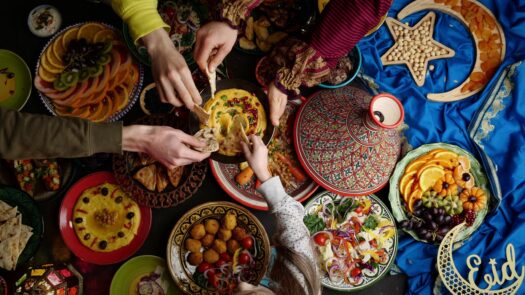
On your trip to Jordan, Egypt or other Muslim countries during Ramadan, few traditions are more enjoyable than an iftar. As the sun sets beneath the horizon, fasters pray before breaking their fast with a sweet date and glass of laban – a thick yoghurt drink – or traditional Ramadan Vimto, replenishing sugar lost during the day.
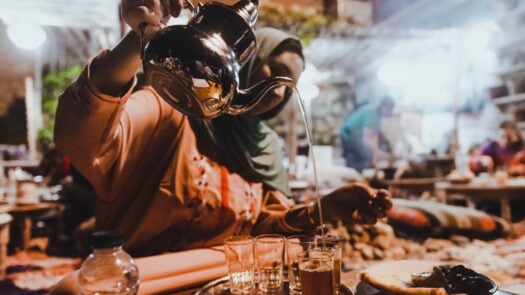
But iftar is just the beginning of the nocturnal festivities. Just before sunrise, fasters sit down for suhoor – a sacred time for one last fill. In the West, it’s traditionally spent with families at home, but in the Middle East, suhoor is a chance to head to bustling restaurants and cafes, with cities still thriving until the early hours. In Amman and Cairo, suhoors are at every corner, from glamorous hotel restaurants to authentic cafes and shisha lounges.
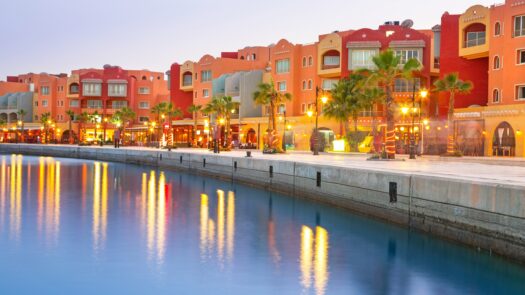
Charitable work and reflection are key pillars of Ramadan, and travellers are likely to find an increased sense of community. This includes iftar and suhoor tents – bringing people together – and organised charitable drives and community events, gathering food for the hungry and providing iftar for poorer Muslim communities.
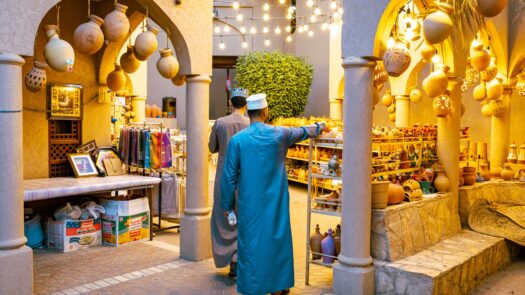
Implications for travellers
Travelling in the Middle East during Ramadan is a unique and special time, but it can also come with its challenges, so it’s important to plan ahead. With populations fasting and taking time to reconnect, restaurants and shops might be shut during the day – choosing to open during the night – and business hours are shorter, with impromptu or unlisted closures. That said, Ramadan is usually a quiet time, meaning fewer crowds at tourist attractions and less traffic.
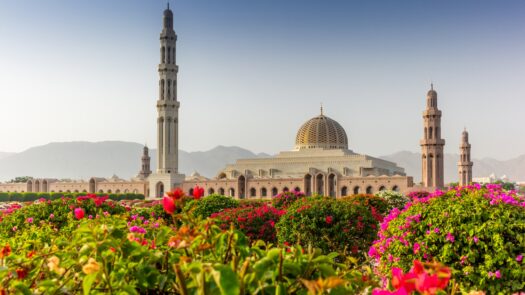
Across the Middle East, life during Ramadan varies dramatically. In Jordan and Egypt, there’s a balance between tradition and flexibility, and travellers will still be able to enjoy their culinary scenes. It’s important to check the Ramadan policies of each individual hotel, as while most hotels allow eating and drinking outdoors and by the pool, others restrict it to indoors in areas screened off from fellow guests out of respect.
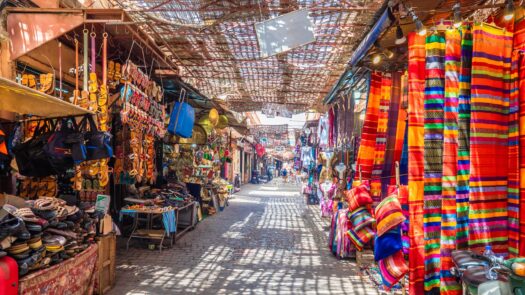
In Egypt, travellers can eat and drink during the day with little attention, and alcoholic drinks are available in hotels, resorts and on cruises. All licensed restaurants outside of these do not sell alcohol during the month. Standalone bars are also closed. The country’s top historical sites are also affected, opening an hour later and closing an hour earlier – essential to consider when sightseeing.
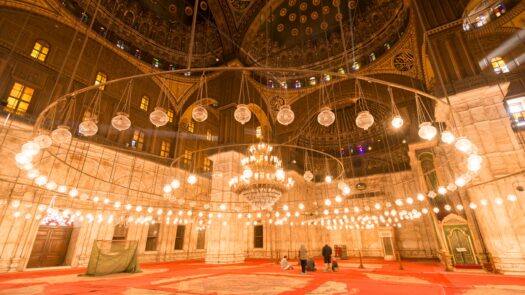
In Jordan, things are similarly relaxed. While street food isn’t available during Ramadan, most restaurants and hotels are open as usual, serving alcohol, but travellers should be discreet when choosing to eat or drink in public. In tourist areas like Petra, you’ll find few bat an eyelid when drinking or eating, with these sites closing at 5pm daily in preparation for iftar. It’s always important to stay mindful when travelling during Ramadan – and to adapt behaviour on whether you’re with fasting locals.
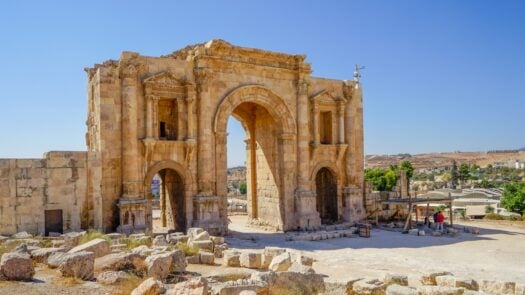
Dos and don’ts in Ramadan
When travelling to the Middle East during Ramadan, it’s important to respect local customs. Eating, drinking, smoking and chewing gum in public during the daytime is met with disapproval, and the same is said for loud or disruptive behaviour. With the community focusing on peace and religious activities, shouting is particularly frowned upon. It’s also essential to dress mindfully for Ramadan, opting for more covered, demure clothing and forging revealing garments in public.
But Ramadan is not all about restrictions; in fact, there are more festivities than ever. Night markets pop up across cities, selling local wares and Arabic Ramadan treats like kunafa – sweet, cheesy pastry soaked in syrup – flaky baklava and other delights made with the likes of dates and pistachios.
The end of Ramadan: Eid al-Fitr
The end of Ramadan is marked by the start of the 10th month of the Islamic calendar, which in turn is marked by the sighting of the crescent moon. With the end of the holy month comes one of the biggest celebrations in the Islamic calendar: Eid al-Fitr. Eid al-Fitr sees the Middle East erupt in celebrations, marked by a three-day-long public holiday. Families come together, wear new clothes on the way to the mosque, enjoy sweets such as dates, recite the ‘takbeer’ prayer and give money to the poor in a tradition known as ‘Zakat al-Fitr’. Locals greet each other with the phrase ‘Eid Mubarak’, Arabic for ‘blessed festival’ – a greeting widely used amongst locals and expats.
Eid al-Fitr is indeed a celebration for feasting, and throughout the Middle East, the public holiday is marked with festivals and events, many of which are possible for travellers to enjoy, such as lavish buffets. Egyptian Eid delicacies include kahk – a nut-filled cookie in powdered sugar – whereas, in Jordan, locals savour the mamoul – a traditional date-stuffed cookie, amongst other delights.
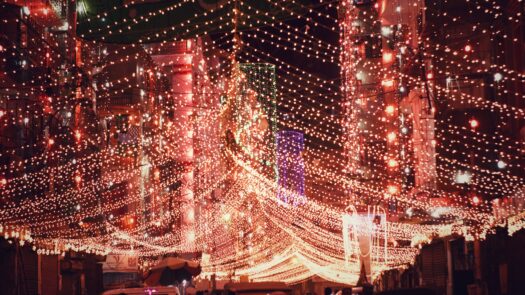
Ramadan in the Middle East is a beautiful time – a time of peace, reflection, contemplation and love. While life alters around the new nocturnal calendar, visiting during Ramadan is an exciting experience, where travellers can truly understand the region’s rich heritage and customs while also enjoying more peaceful cities and tourist sights, and fantastic Ramadan feasts and treats.
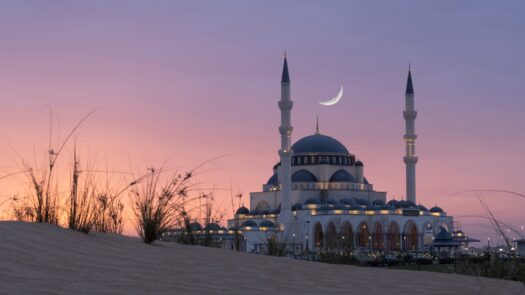
Our Team's Favourite Trips to the Middle East
Where to Stay in the Middle East
Whatever you're looking for from your adventure in the Middle East, our travel designers are ready to help.



